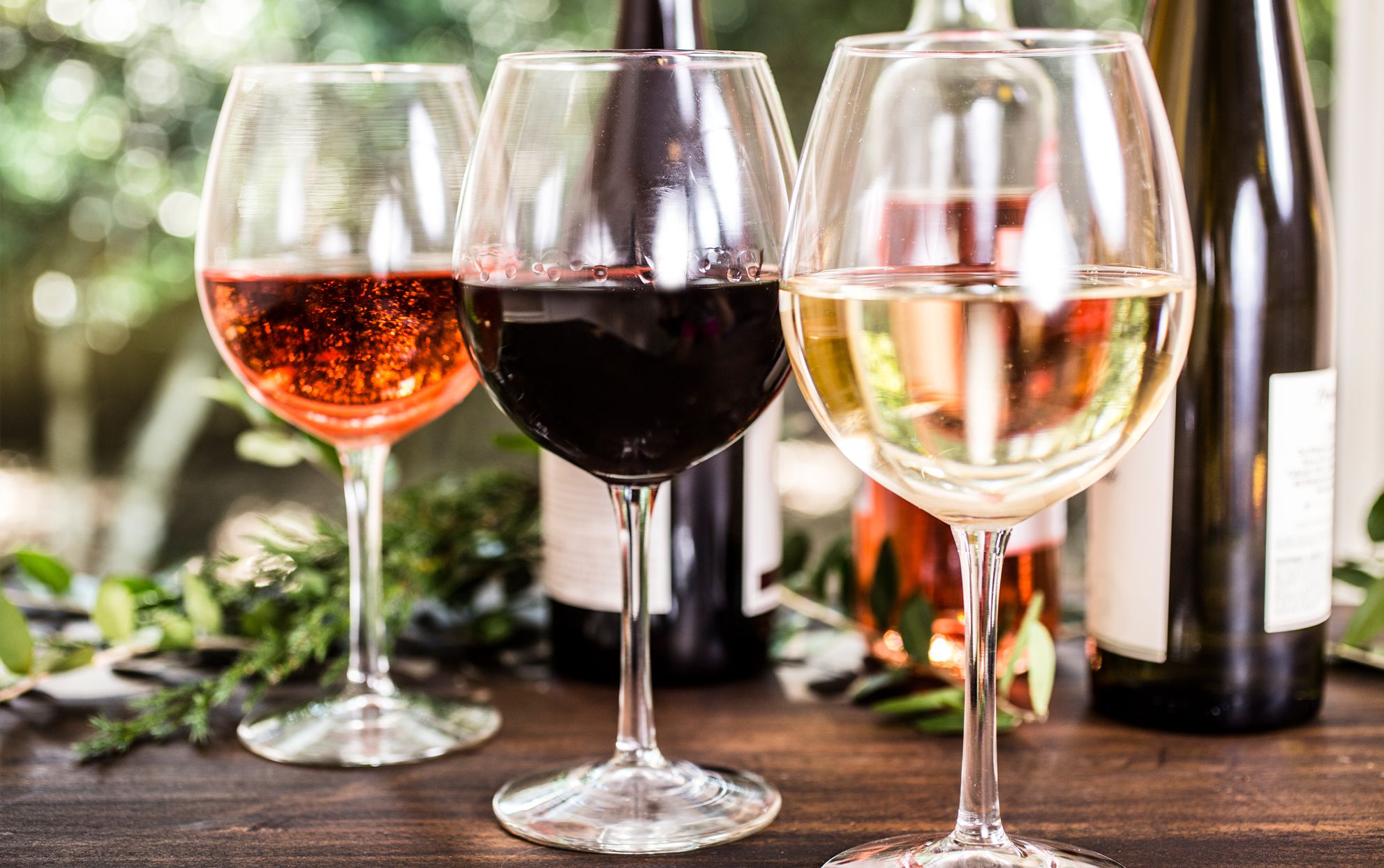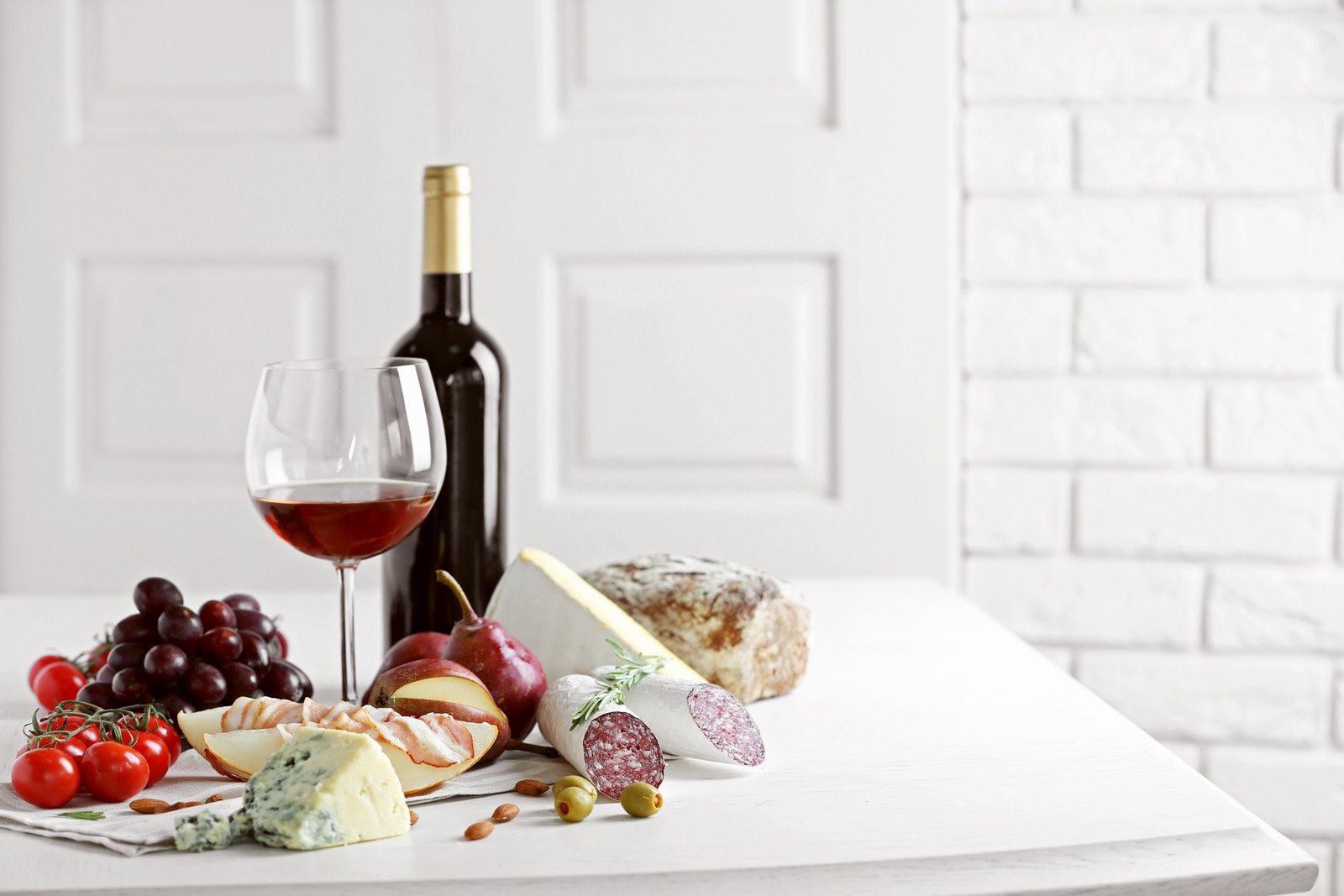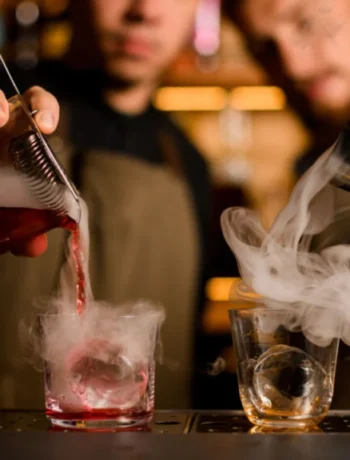No one becomes a wine connoisseur overnight. Knowing which wine varieties pair with various foods takes time, practice, and lots of wine tasting. Even when you consider yourself an expert, you’ll likely still make a few pairing faux pas. However, the more you know about wine pairings, the more successful you can be. Keep these tips in mind when the time comes to host a dinner party or special event:
Match Food Intensity with Wine Intensity

Source: bhg.com
As a rule of thumb, you can choose a wine variety based on the intensity of the food you’ll be serving. For example, dishes with delicate and simple ingredients like seafood and pork can work beautifully with equally subtle and delicate Chardonnay. You can visit this website to find a range of delicious Chardonnay options to try.
More intense flavors like roast lamb or a meaty stew can typically work harmoniously with more intense wine varieties like red wine. A good saying to keep in mind is ‘White wine, light food; red wine, red meat.’
Wine Should Be Sweeter Than the Food
You might think you can serve sweet wine with a sweet dish because the two flavors are basically the same. While that might be true, it can change the wine’s flavor on your palate. Wine should always be sweeter than the food you’re serving it with.
Of course, what you’re serving for dessert can also make a difference. Fruit-based desserts typically need subtle wines that don’t detract from the gentleness of the dish, such as a dry Riesling.
While some people think serving wine with chocolate is a bad idea, you can have a pleasant experience if you choose the right variety. Milk chocolate typically pairs well with semi-sparkling red wine, while a Merlot without too much sweetness can often be a delicious addition to a dark chocolate dish.
Be Careful with Spicy Foods
Most people already know to take great care with spicy foods, especially when it comes to their digestive tracts! Still, you should also take care when pairing wines. The spices in many Indian and Chinese dishes don’t always work well with those in many wine varieties.
The alcohol content is also worth considering. Consider a lower-alcohol variety if you’re using wine to quench your thirst and cool your mouth. Otherwise, you might drink more wine than you usually do. High-alcohol wines can sometimes even intensify the heat of a spicy dish. When in doubt, opt for a slightly sweet wine. Riesling, for example, can often balance out the spiciness of a dish.
You Don’t Always Have to Avoid Red Wine with Fish

Source: reportergourmet.com
One good piece of advice wine connoisseurs may give you is never pair red wine with fish. It’s sound advice in most cases. Red wine can sometimes make fish taste more ‘fishy’ than without it. However, it’s not a universal rule. You don’t always have to avoid red wine when you’re indulging in seafood dishes. Some light and medium-bodied red wines suit seafood beautifully as long as the fish is of the ‘meaty’ variety. You may be surprised by how delicious your swordfish tastes with a refreshing glass of light-bodied red wine.
Match Acids for a Taste Sensation
Wine pairing can be a balancing act. You don’t want your wine to overpower your food, but you also don’t want your food to overpower your wine! You can often strike a happy balance by matching the acidity of your wine and food.
When you’re cooking a low-acid meal like baked potatoes, broth-based soups, and white meat, you can pair them with low-acid wines like Chardonnay, Marsanne, and Grenache. This can be an easy rule to follow when you’re visiting your local cellar door. As long as you know what’s on the menu, you can choose a wine of a similar acid level to match it.
Try Regional Pairings
A common saying is often thrown around in the wine-drinking community: what grows together goes together. This can ring true when you’re choosing the best wine to go with special food for a dinner party. In many cases, food grown in the same region as a wine was produced will work well together. For example, Italian wine is often a match made in heaven with Italian pasta dishes.
Try Tannic Wine with Fatty Food

Source: thegastromagazine.com
Cleansing your palate after indulging in fatty food like red meat is not always an easy task. It’s also rarely easy to find a wine variety that won’t alter the flavors of that delicious, fatty meat or be altered itself. However, tannic wine can be the answer to your problem.
Tannins are bitter compounds in the stems, seeds, and skin of grapes. After eating these grape components, you might notice that your mouth feels slightly dry. It can be an unpleasant experience. However, wines high in tannins, such as Nebbiolo, Tempranillo, Malbec, and Cabernet Sauvignon, can pair beautifully with fatty cuts of meat. Those previously unpleasant tannins can cut through the meat’s richness, resulting in melt-in-your-mouth goodness.
While perfect for rich dishes, avoid drinking tannic wines with lighter, more delicate meals like seafood, chicken, and pork. The potency of the tannins can overpower those ingredients’ delicate flavors, limiting how much of them you can actually taste.
Don’t Just Choose Your Favorite
If you always reach for the same bottle of wine in your local liquor store, it can be tempting to take this same approach when purchasing something for an upcoming dinner party. After all, you know what you like and assume your guests will feel the same.
Your guests might enjoy your wine as much as you do, but that doesn’t mean it’s going to pair well with the meals and snacks you’re serving. These should be your primary focus. If you can’t decide on the perfect wine variety using these tips above, you can also talk to your local wine stockist. They can be a helpful source of information to ensure your dinner party goes off without a hitch.
There’s more to choosing wine than opting for a bottle with the best price tag or most attractive label. You also have to consider how it will taste with the food you’ll be serving with it. Keep these tips above in mind when you start planning your next dinner party. You and your guests may then enjoy a much more pleasant wine-drinking experience.




